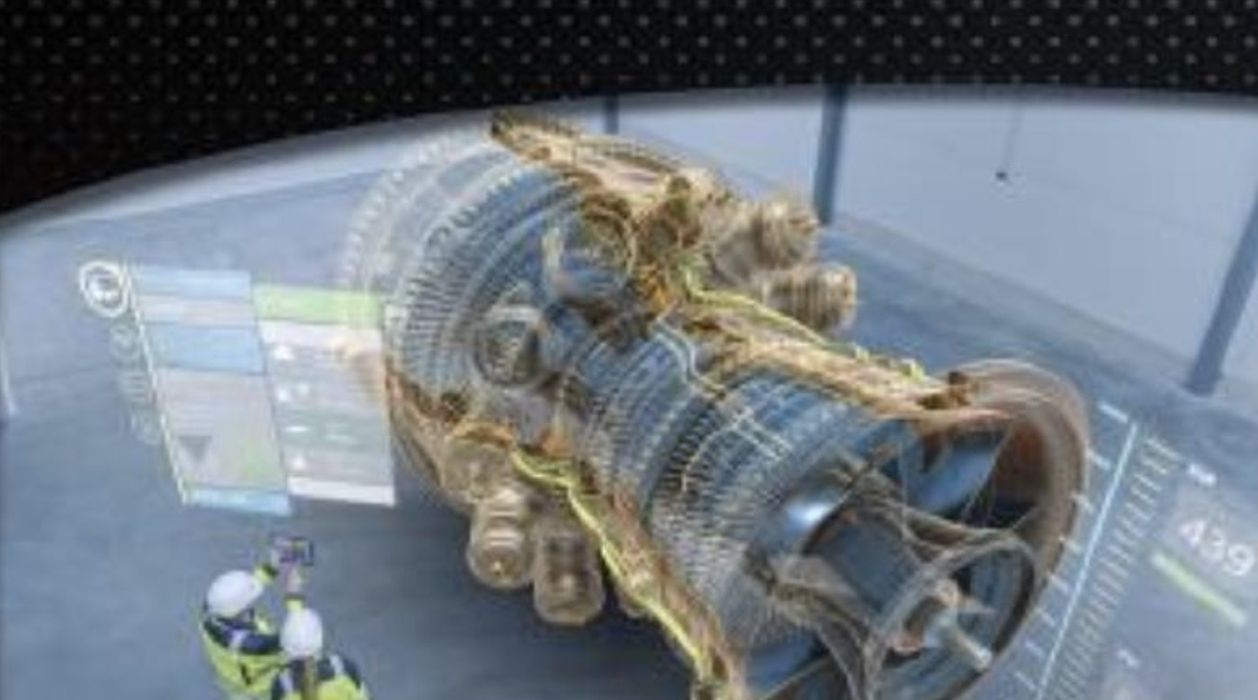
This week’s selection is “3D Scanning for Advanced Manufacturing, Design, and Construction” by Gary C. Confalone, John Smits, and Thomas Kinnare.
3D scanning has come a long way in the past decade. Today we find the market covered with many very powerful solutions for all manner of applications. There are 3D scanners using different technologies, each appropriate for particular situations.
All along the way, however, there has been use of scanning by industry. The most prevalent application is what’s called “reverse engineering”. This is the process of scanning an object and converting the scan into a usable CAD file.
That’s usually done with a CAD tool where the user “traces” over top of the scan to reconstruct the CAD elements that would make up an identical object. At that point the scan’s use is finished as we would then use the actual CAD file going forward.
But how is all this done? That’s where this book comes in.
The book begins with a detailed explanation of the typical measurement units involved, and a history of meteorology, the science of scanning. Another chapter explores the technology behind 3D scanning, including lasers, structured light, radar and more.
There’s a look at the different types of 3D scanners that are possible, and how the data is acquired and stored during scan operations.
The most important part of a 3D scan operation is the post processing, after the capture phase. Typically captured data is messy and requires cleaning and adjustment. This is explored in some detail, including the various algorithms one may use to do so.
Two large case studies are presented. One explores the use of 3D scanning to perform reverse engineering for industrial and consumer products, while the other study looks at reverse engineering for architecture, engineering and construction applications.
Finally, the book closes with a look at how 3D scanning may evolve in the future. This investigates use of UAVs, extended reality, and advanced software tools.
If you’re interested in learning how 3D scanning can be used in business settings, this book can help you understand the basic elements and processes.
We’re an Amazon Associate and earn a small commission from qualifying purchases. Help support our 3D print news service by checking out this book!
Via Amazon
